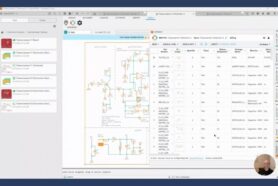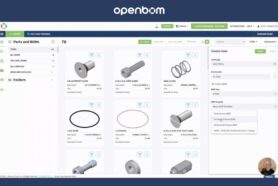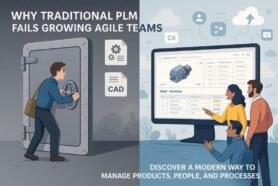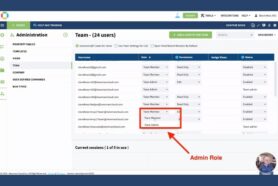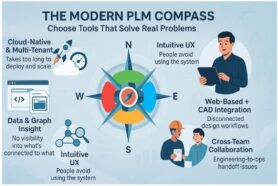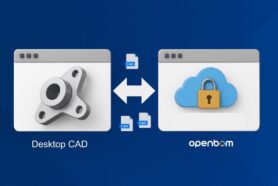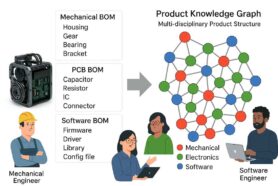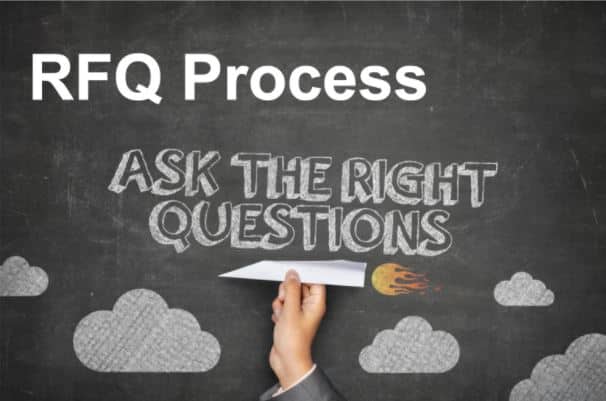
In my blog post today, I will be discussing a very common process you can have with any company contractor and supplier. I’m sure you’ve heard about it many times – Request for Quote (RFQ)
Let’s assume your development project is coming to an end. You have vetted a few contract manufacturers (CM) and suppliers and have a shortlist of 3-8 suppliers you feel comfortable with.
The next step to bring your product to market is to prepare an RFQ (request for quotation). What you are preparing are the documents so your CM can proceed with production. But first, they need to pass the quotation test.
How To Prepare For The RFQ & What To Provide?
In my experience, it’s very annoying and drawn out to receive an RFQ package in different steps. If you would like to send an RFQ package, then send it all together, please! There is no point in sending the drawings one week, the BOM the next week, and the specifications the third week. Don’t do that, it’s annoying and unprofessional. If you’re working with a quality CM, they will forget about you quickly.
So, when you are sending an RFQ, you should provide them with the file. The best thing to do is combine all of this information into a zip file and put it on Google Drive. If you know what you are doing, you can also put most of this on the BOM.
2D and 3D Drawings
For 3D files, STEP files are preferred. If there is a plastic part then shy away from STL because you can’t measure the weight of a plastic part with an STL file. The 2D files are also necessary. The most important aspects of a 2D file are to provide tolerances, material + material grade, and some part specifications. These would include any QC requirements, such as pull tests, stress tests, etc…
Bill of Materials (BOM)
When I receive a quality BOM, I know I am working with a quality company. This is silly because the BOM should be the easiest document to collect. The BOM holds the knowledge of your product and it’s amazing how many clients don’t understand it. If you are worried about your CM not making your product to the right spec, then you better have a detailed BOM.
Business Background
Usually, this should be done during the vetting process. Just like you asked the CM a bunch of questions, they will also be interested in your business strategy, your funding, and more. Of course, if you’re a larger company then they won’t be asking this but if you are a smaller company, be prepared to answer these questions. They just want to make sure that if they work with you that you have the financing, team, and strategy to execute the plan.
Functional Prototype
I rarely request this for the first step of the quotation. But as the relationship matures, this is very necessary. When we finalize your pricing or launch a design for the manufacturing (DFM) project, we need to have the prototype.
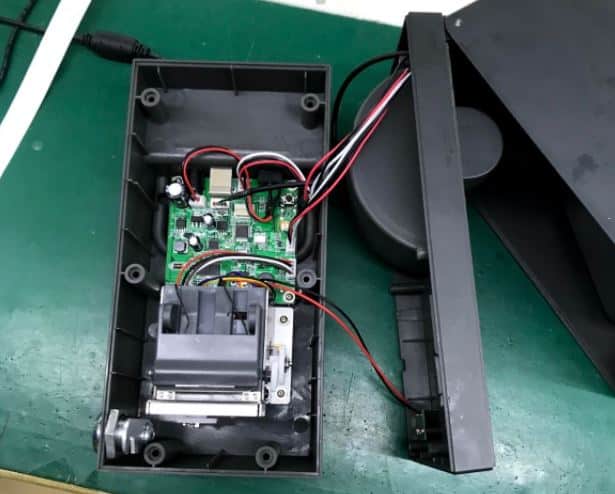
MOQ and Target Price
I prefer the client to tell me what their minimum order quantity (MOQ) is. This is mostly because I don’t want to have a negative effect on the clients cash flow. What good does it do if all their cash is tied up in inventory and they don’t have any funds allocated to sell the product? To go along with the MOQ, I always like to receive a target price. Just so we know if we are on track or not.
When sending out an RFQ, it is important to ask yourself one question. What will the supplier need in order to carry out production? If there is something that they need, it’s wise to send it to them.
How OpenBOM Can Help
OpenBOM provides you with the foundation to manage your product information in a centralized database which is used to make informed decisions. We provide you with the capabilities to seamlessly manage your parts, vendors, bill of materials, purchase orders, and change orders. All BOM, engineering, and manufacturing information are stored in the cloud which you can share with anyone.
Register for FREE to create your OpenBOM account and reach out to us via support @ openbom dot com if you have any questions.
Regards,
Jared Haw
Join our newsletter to receive a weekly portion of news, articles, and tips about OpenBOM and our community.

